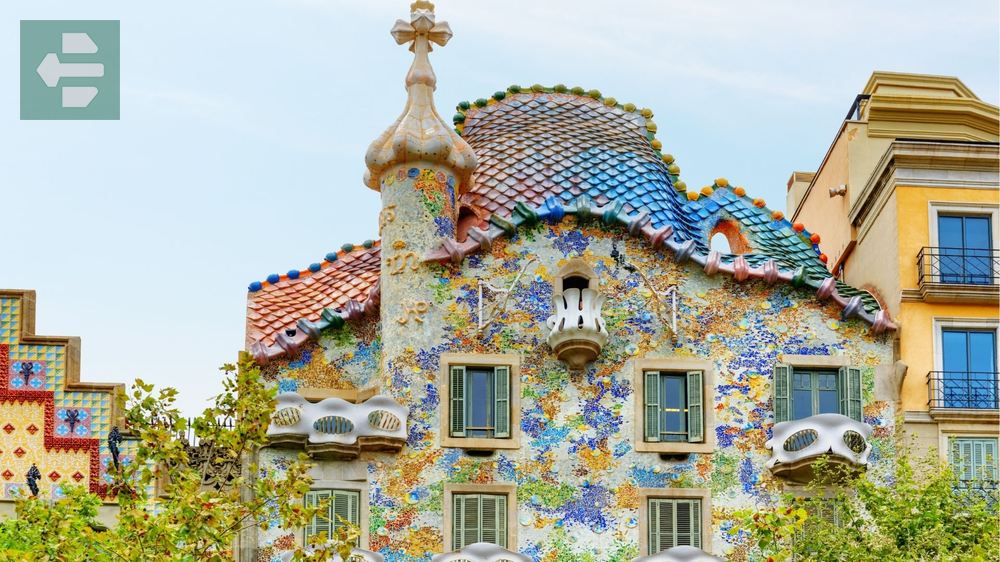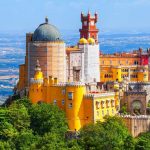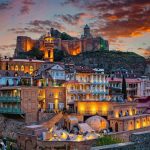Barcelona offers an intoxicating blend of Gothic architecture, modernist masterpieces, and Mediterranean charm. The best places to visit in Barcelona include Gaudí's iconic Sagrada Familia, the whimsical Park Güell, the historic Gothic Quarter, and the vibrant Las Ramblas.
Keep reading as we uncover Barcelona's most captivating destinations that will transform your visit into an unforgettable Spanish adventure.
List of Contents
- 1. Sagrada Familia: Gaudí's Unfinished Symphony
- 2. Park Guell: Where Architecture Meets Imagination
- 3. Gothic Quarter: Medieval Streets Tell Stories
- 4. Las Ramblas: Barcelona's Living Theater
- 5. Casa Batllo: Gaudí's Oceanic Dream
- 6. Montjuic: The Hill That Commands Barcelona
- 7. Palau de la Musica Catalana: Modernist Concert Hall
- 8. Boqueria Market: A Feast for Every Sense
- 9. Barceloneta Beach: Mediterranean Urban Paradise
- 10. Camp Nou: Football's Sacred Ground
- 11. Picasso Museum: The Artist's Formative Years
- 12. Casa Mila: The Stone Quarry
- Your Barcelona Adventure Awaits
1. Sagrada Familia: Gaudí's Unfinished Symphony
The Sagrada Familia rises from Barcelona's streets like a stone prayer frozen in time. Construction began in 1882, and it remains unfinished—a living testament to architectural ambition.
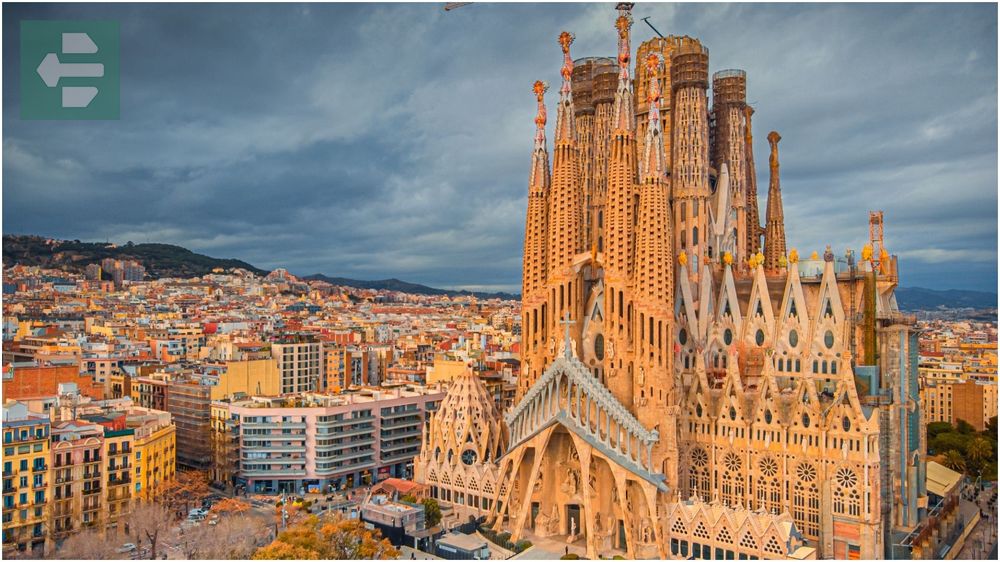
I stood beneath its soaring spires at sunset once, watching light filter through stained glass windows that painted the interior in jeweled hues. The play of colors shifts throughout the day, turning each visit into a different experience.
Book your tickets online weeks in advance. The audio guide reveals Gaudí's nature-inspired details—columns that branch like trees, facades that tell biblical stories in stone.
Quick Facts:
- Peak season: June-August, Easter
- Getting there: Metro L2/L5 to Sagrada Familia
- Entry fee: From €26
- Suggested visit: 2-3 hours
- Sub-locations: Nativity Facade, Passion Facade, Interior basilica, Towers
2. Park Guell: Where Architecture Meets Imagination
Park Güell feels like stepping into a fairy tale designed by someone who understood magic. Gaudí transformed this hillside into a mosaic wonderland of curved benches, gingerbread houses, and whimsical sculptures.
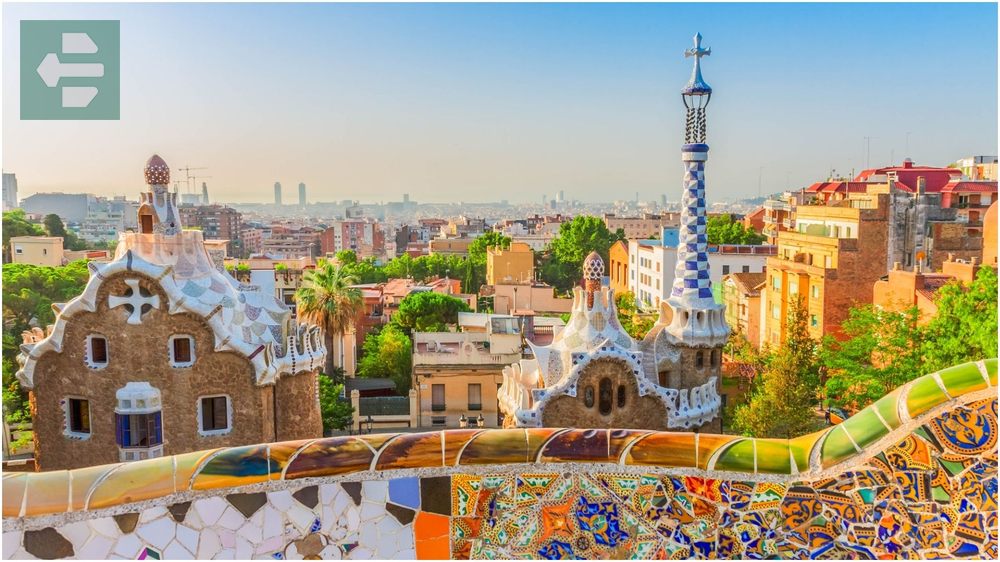
The serpentine bench offers the city's best panoramic views. Locals know to visit early morning when tourist crowds thin and the Mediterranean light is softest.
The lizard fountain has become Barcelona's unofficial mascot. Touch its mosaic scales—millions of visitors have polished them smooth with the same gesture.
Quick Facts:
- Peak season: April-October
- Getting there: Metro L3 to Lesseps + 20-min walk
- Entry fee: From €10 (free zones available)
- Suggested visit: 2 hours
- Sub-locations: Monumental Zone, Gaudí House Museum, Nature Square, Austria Gardens
3. Gothic Quarter: Medieval Streets Tell Stories
The Gothic Quarter's narrow alleys have witnessed eight centuries of Barcelona's history. Roman walls still stand beneath medieval buildings, while hidden squares appear around corners like secrets waiting to be discovered.
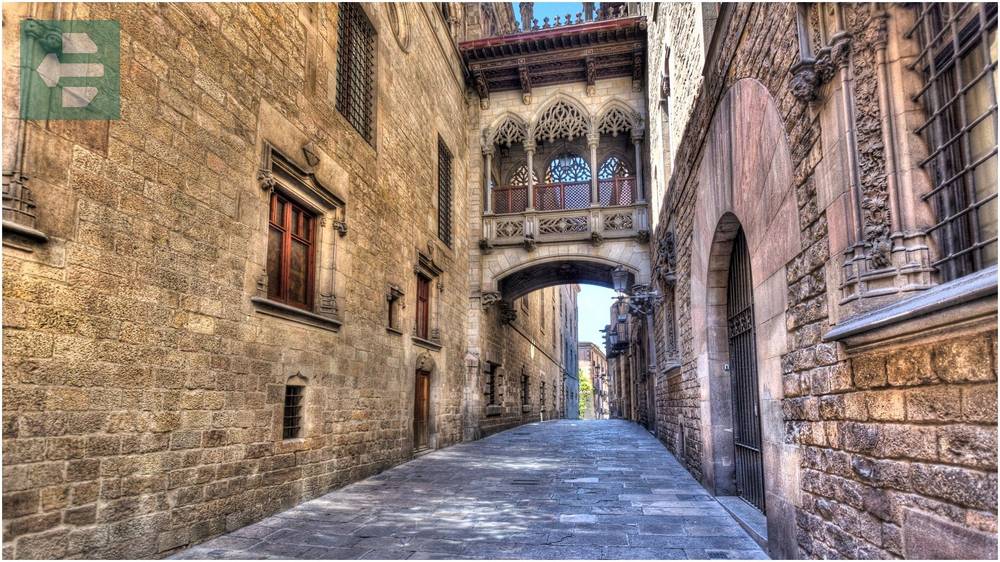
Plaza del Rey holds particular magic at twilight when golden light illuminates the stone facades. I've watched street musicians play here, their melodies echoing off walls that once heard royal proclamations.
Follow the locals down Carrer del Bisbe for the city's most photographed Gothic bridge. The neo-Gothic structure connects the Generalitat palace with the canon's house—pure architectural theater.
Quick Facts:
- Peak season: Year-round
- Getting there: Metro L4 to Jaume I
- Entry fee: Free (individual attractions vary)
- Suggested visit: Half day
- Sub-locations: Barcelona Cathedral, Plaza del Rey, Carrer del Bisbe, Plaza Sant Jaume
4. Las Ramblas: Barcelona's Living Theater
Las Ramblas stretches for over a mile from Plaza de Catalunya to the Mediterranean, serving as Barcelona's central artery and outdoor stage. Street performers, flower vendors, and café terraces create a constant carnival atmosphere.
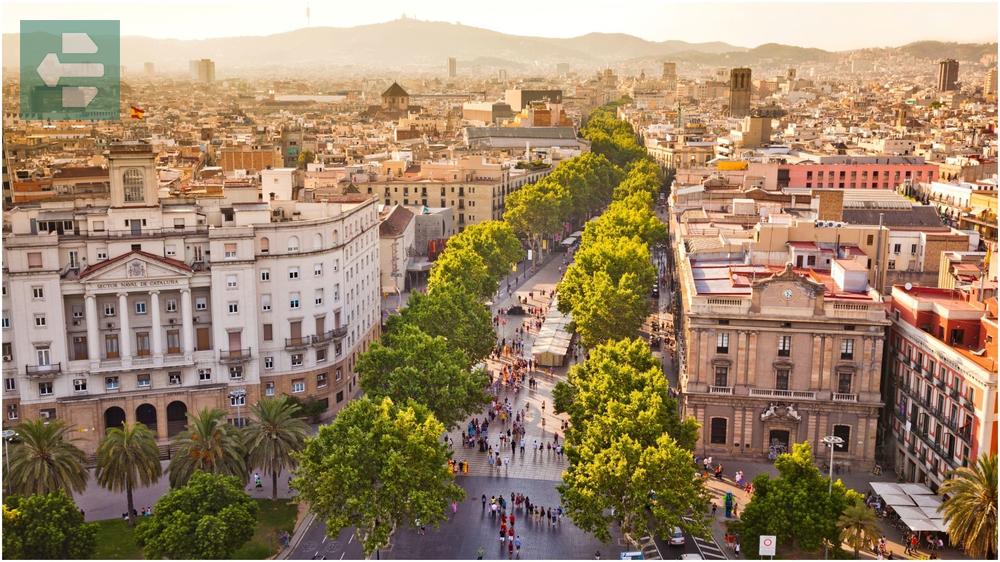
The tree-lined boulevard pulses with energy at all hours. Early morning brings newspaper vendors and coffee aromas. Evening transforms it into a promenade where Barcelona comes to see and be seen.
Watch your belongings carefully—the crowds attract pickpockets. Stick to the center median for the best people-watching while avoiding tourist trap restaurants on the sides.
Quick Facts:
- Peak season: Year-round
- Getting there: Metro L1/L3 to Catalunya or L3 to Liceu
- Entry fee: Free
- Suggested visit: 2-3 hours
- Sub-locations: Boqueria Market, Liceu Opera House, Columbus Monument, Canaletes Fountain
5. Casa Batllo: Gaudí's Oceanic Dream
Casa Batlló's facade ripples like water, its mosaic scales catching light in endless combinations. Gaudí redesigned this building to resemble an underwater fantasy, complete with skeletal balconies and a dragon-scale roof.
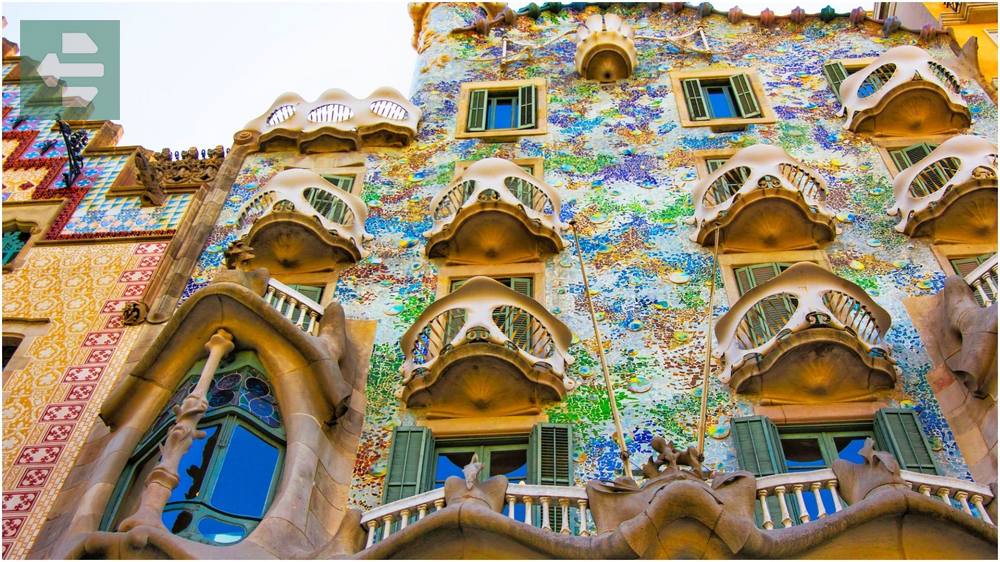
The interior continues the aquatic theme. Curved walls eliminate sharp corners, while blue ceramic tiles gradient from light to dark, mimicking ocean depths. Each room flows into the next like underwater currents.
Visit during blue hour when the building's illumination makes the facade glow against the darkening sky. The light show transforms Gaudí's vision into pure magic.
Quick Facts:
- Peak season: July-August
- Getting there: Metro L2/L3/L4 to Passeig de Gràcia
- Entry fee: From €25
- Suggested visit: 1.5 hours
- Sub-locations: Noble Floor, Dragon's Back roof, Light Well, Gaudí Cube
6. Montjuic: The Hill That Commands Barcelona
Montjuïc rises 173 meters above sea level, offering commanding views of Barcelona's sprawl and the glittering Mediterranean beyond. This historic hill has served as fortress, Olympic venue, and cultural center.

The Magic Fountain comes alive at sunset with choreographed water, light, and music shows. Locals gather on the steps with wine and tapas, turning the spectacle into an impromptu outdoor party.
Take the cable car for dramatic aerial views, but walk down through the gardens. The descent reveals hidden corners, sculpture gardens, and quiet terraces perfect for reflection.
Quick Facts:
- Peak season: May-September
- Getting there: Metro L1/L3 to Espanya or L3 to Parallel
- Entry fee: Free (individual attractions vary)
- Suggested visit: Full day
- Sub-locations: Magic Fountain, Olympic Stadium, Miró Foundation, Castle, MNAC museum
7. Palau de la Musica Catalana: Modernist Concert Hall
The Palau de la Música Catalana represents Catalan Modernism at its most exuberant. This concert hall explodes with color, light, and decorative details that make Carnegie Hall look restrained by comparison.

The inverted glass dome crowns the interior like a flowering chandelier. During daytime concerts, natural light streams through stained glass, creating an ever-changing light show above the audience.
Book a guided tour if concerts don't fit your schedule. The 50-minute tours reveal architectural secrets and acoustic innovations that make this UNESCO site extraordinary.
Quick Facts:
- Peak season: Concert season (October-June)
- Getting there: Metro L1 to Urquinaona
- Entry fee: Tours from €20, concerts vary
- Suggested visit: 1 hour (tour) or 2-3 hours (concert)
- Sub-locations: Main auditorium, Lluís Millet Hall, Modernist bar, Rooftop terrace
8. Boqueria Market: A Feast for Every Sense
La Boqueria transforms grocery shopping into theater. This covered market explodes with pyramids of tropical fruit, hanging jamón, and seafood displays that look like marine art installations.

The market's energy peaks mid-morning when chefs select ingredients for lunch service. Watch professionals examine tomatoes with the intensity of diamond dealers—their expertise teaches volumes about quality.
Skip the touristy smoothie stalls near the entrance. Head toward the back for authentic tapas bars where market workers eat. Their choices reveal the day's freshest offerings.
Quick Facts:
- Peak season: Year-round
- Getting there: Metro L3 to Liceu
- Entry fee: Free
- Suggested visit: 1-2 hours
- Sub-locations: Fruit stands, Seafood section, Tapas bars, Spice vendors
9. Barceloneta Beach: Mediterranean Urban Paradise
Barceloneta Beach stretches along Barcelona's coastline like a golden ribbon, bringing Mediterranean relaxation to urban doorsteps. This man-made paradise was created for the 1992 Olympics and has since become the city's seaside playground.

The beach transforms throughout the day. Morning joggers give way to sunbathers, who yield to evening volleyball games and beachside dining. The promenade stays lively until midnight.
Rent a bike and cruise the coastal path to Bogatell Beach for fewer crowds. The ride reveals hidden beach bars and sculpture installations that most tourists miss.
Quick Facts:
- Peak season: June-September
- Getting there: Metro L4 to Barceloneta
- Entry fee: Free
- Suggested visit: Half day
- Sub-locations: Main beach, Chiringuitos, Olympic Port, Promenade
10. Camp Nou: Football's Sacred Ground
Camp Nou holds 99,354 souls united in football passion. This massive stadium serves as FC Barcelona's home and pilgrimage site for football fans worldwide.

The museum chronicles Barça's history through trophies, jerseys, and interactive displays. But the real magic happens in the tunnel leading to the pitch—the same path walked by Messi, Ronaldinho, and Cruyff.
Stadium tours include the press room, changing rooms, and pitch-side access. Standing where legends played provides perspective on the stadium's overwhelming scale and atmosphere.
Quick Facts:
- Peak season: Football season (August-May)
- Getting there: Metro L5 to Collblanc or L3 to Maria Cristina
- Entry fee: Tours from €26
- Suggested visit: 2 hours
- Sub-locations: Museum, Press room, Changing rooms, Pitch, Players' tunnel
11. Picasso Museum: The Artist's Formative Years
The Picasso Museum occupies five medieval palaces in the Gothic Quarter, housing the world's most comprehensive collection of the artist's early works. These pieces reveal Picasso's evolution from classical training to revolutionary innovation.

The Blue Period paintings carry emotional weight that reproduductions can't convey. Standing before these works, you sense the melancholy and introspection that defined this crucial creative phase.
Visit Thursday evenings when admission is free and crowds thin. The quieter galleries allow deeper contemplation of works that changed art history.
Quick Facts:
- Peak season: Summer months
- Getting there: Metro L1 to Arc de Triomf or L4 to Jaume I
- Entry fee: From €12
- Suggested visit: 2 hours
- Sub-locations: Las Meninas series, Blue Period room, Early works, Ceramic collection
12. Casa Mila: The Stone Quarry
Casa Milà, nicknamed La Pedrera (The Stone Quarry), represents Gaudí's architectural maturity. The building's undulating facade eliminates straight lines, creating an organic structure that breathes with the city around it.

The rooftop terrace features chimney sculptures that look like medieval knights guarding the building. At sunset, these figures cast dramatic shadows while the city spreads below in golden light.
The apartment museum recreates early 20th-century bourgeois life, complete with period furniture and domestic artifacts. The audio guide explains how Gaudí's innovations influenced modern architecture.
Quick Facts:
- Peak season: June-August
- Getting there: Metro L3/L5 to Diagonal
- Entry fee: From €25
- Suggested visit: 1.5 hours
- Sub-locations: Rooftop terrace, Apartment museum, Attic space, Courtyards
Your Barcelona Adventure Awaits
Barcelona's best places to visit offer more than sightseeing—they provide transformation. Each Gothic stone and Modernist curve tells stories that change how you see architecture, art, and urban life.
These twelve destinations will fill your days with wonder and your camera with memories. Pack comfortable walking shoes and prepare for a city that reveals new secrets around every corner.
Barcelona doesn't just welcome visitors. It embraces them, feeds them, and sends them home with stories they'll spend years telling.
